Learn : Health & Wellness
Dog Water Calculator
Water is an essential nutrient, as it’s required for normal body functions and survival. Exactly, how much water a dog needs depends on several factors, but clean fresh water should be readily available to your dog.
Water makes up more than 50% of a dog's body weight. However, they still are limited in their ability to store water, and lose it via normal daily activities (panting, walking, relieving themselves) — thus it is critical that they regularly consume enough water each day.
Dog water needs
For the most part, dogs can regulate their water intake as long as they’ve got access to fresh water sources.
That being said there are a few ways to estimate approximately how much water your dog should be drinking:
- 1 mL of water for every calorie consumed on a dry food diet
- mL water required = 2-3 times dry matter intake (in grams)
- Around 23 mL per pound body weight
Looking at this by dog size, here’s a rough estimate your dog’s daily water needs with low activity on two different diet types:
For context, the standard human drinking glass holds 16 ounces of water — so on a common dry food diet our smaller canine friends don’t even require a full glass. While our larger friends should be drinking the equivalent of more than 3 full glasses.
Dogs eating a wet food diet (like canned foods) have much lower water needs because the moisture content of the diet is significantly higher, and they can consume water that way.
Factors that influence water needs
While we now have a clearer understanding of the approximate water needs of dogs, there are many factors that can influence a dog’s water requirements, including:
Things that increase water loss, like exercise and heat, also increase the amount of water your dog needs. So if it’s hot out or you’ve had a particularly active day with your pup be sure you’re both drinking extra water.
Age also influences water needs, puppies tend to be more active, while mature dogs may have medical conditions or medications that increase their needs. So both ends of the spectrum may need more access to water than a healthy middle-aged adult dog.
As was highlighted in the figure above, dogs can also glean some of their water needs via diet, and don’t need to physically drink as much with higher moisture contents.
So exactly how much water your dog needs to drink, can really vary — so ensuring water is available to them is critical.
Signs of dehydration
Dehydration can quickly turn into a serious situation. While making sure your dog has ample access to water is a great way to prevent dehydration, a sick dog experiencing increased vomiting and diarrhea (water loss), is at greater risk of dehydration and probably won’t be feeling up to drinking either.
If this is the case, it may be necessary to take your pup to the veterinarian for rehydration.
Here’s a few key signs to keep in mind that may indicate dehydration:
- Excessive panting
- Lethargy or increased tiredness
- Dry nose and mouth
- Decreased skin elasticity
- Try a pinch test: gently pinch the skin on the back of your dog, hold it for a few seconds and let it go. A well hydrated dog’s skin will quickly return, while a dehydrated dog's skin will maintain the pinched position longer.
If your dog is healthy but still under-consumes water, multiple sources around the house may be a way to encourage more consumption. Be sure to praise the behavior, and for our really stubborn dogs, a splash of broth may help make the water more enticing.
Signs of overhydration
It’s rare that your dog will over hydrate themselves to the point of concern, in most cases excessive consumption of water is indicative of a medical issue. However, in some instances this behavior may occur for no clear reason.
Signs your dog is drinking too much water include:
- Increased urination
- Increased saliva
- Bloating
- Vomiting
If you notice your dog can’t keep away from their water bowl, it’s best to see a veterinarian to ensure there is nothing more serious behind their increased thirst.
If you’ve got a healthy dog who over drinks, your vet may suggest you ration their water throughout the day.
The bowl is always half full
Or it should be. The majority of the time your dog will drink the right amount of water for their needs, it’s your job to keep the bowl clean and full.


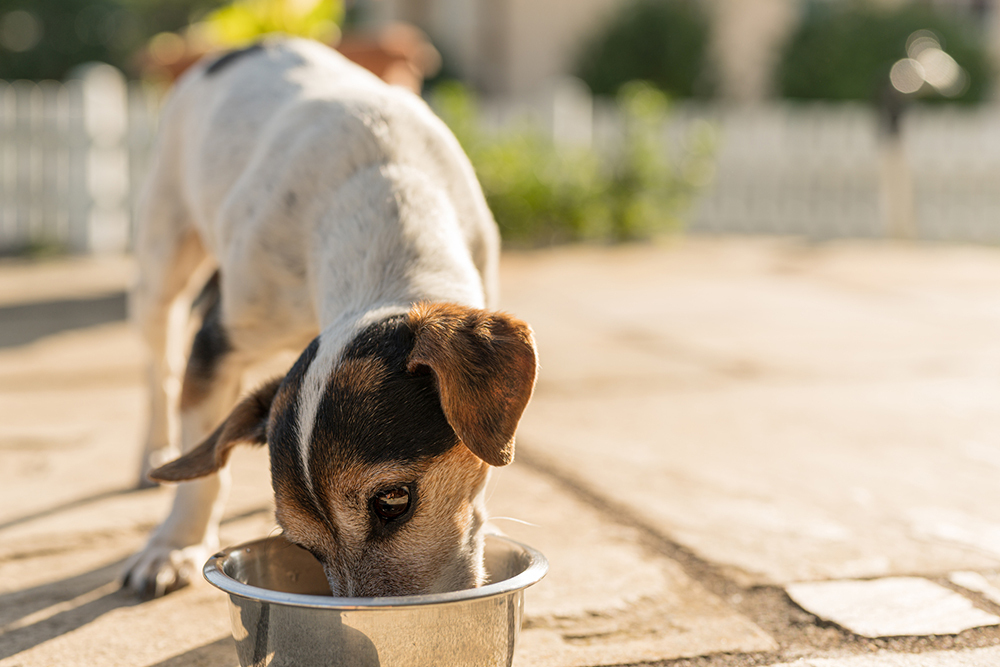
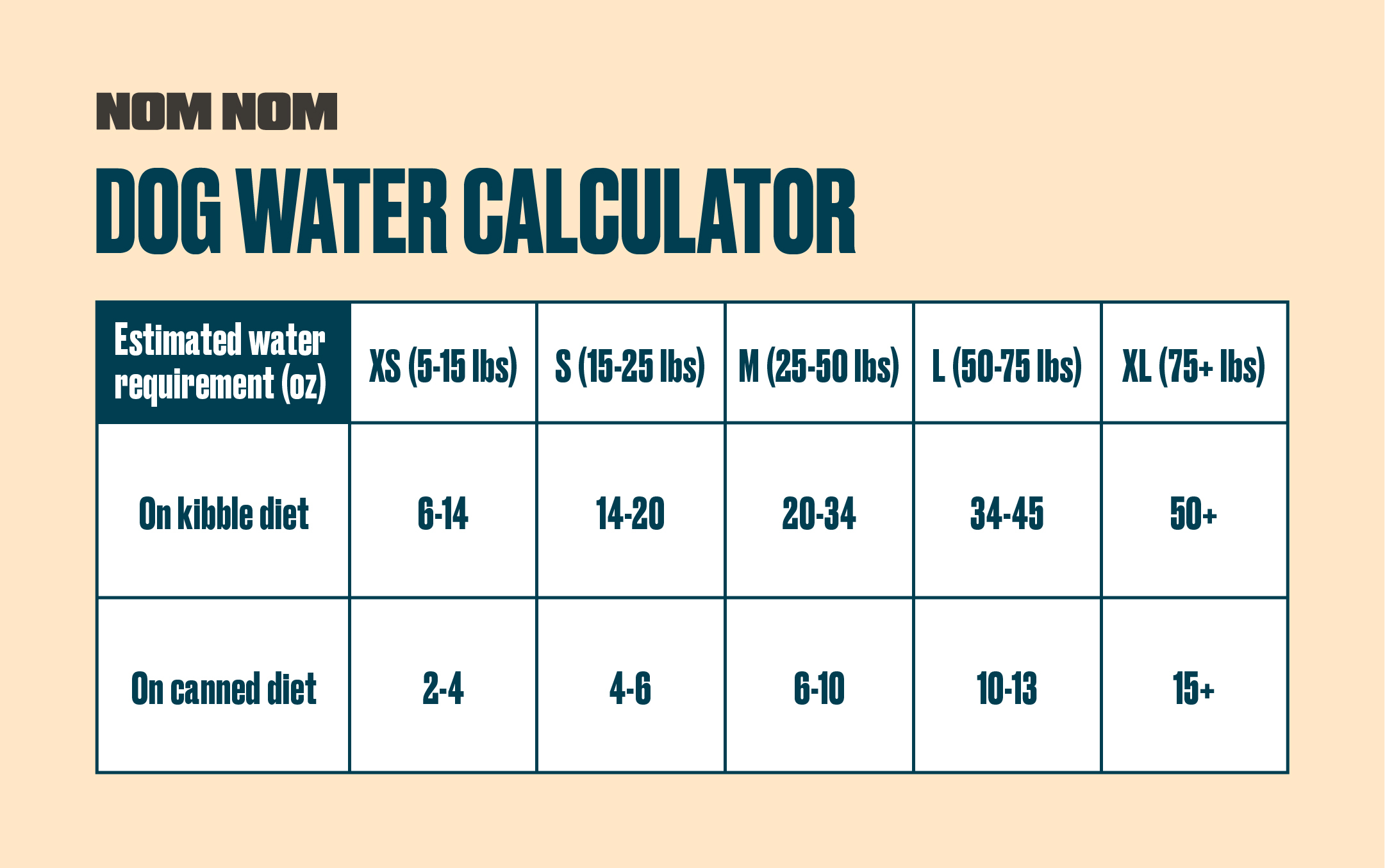
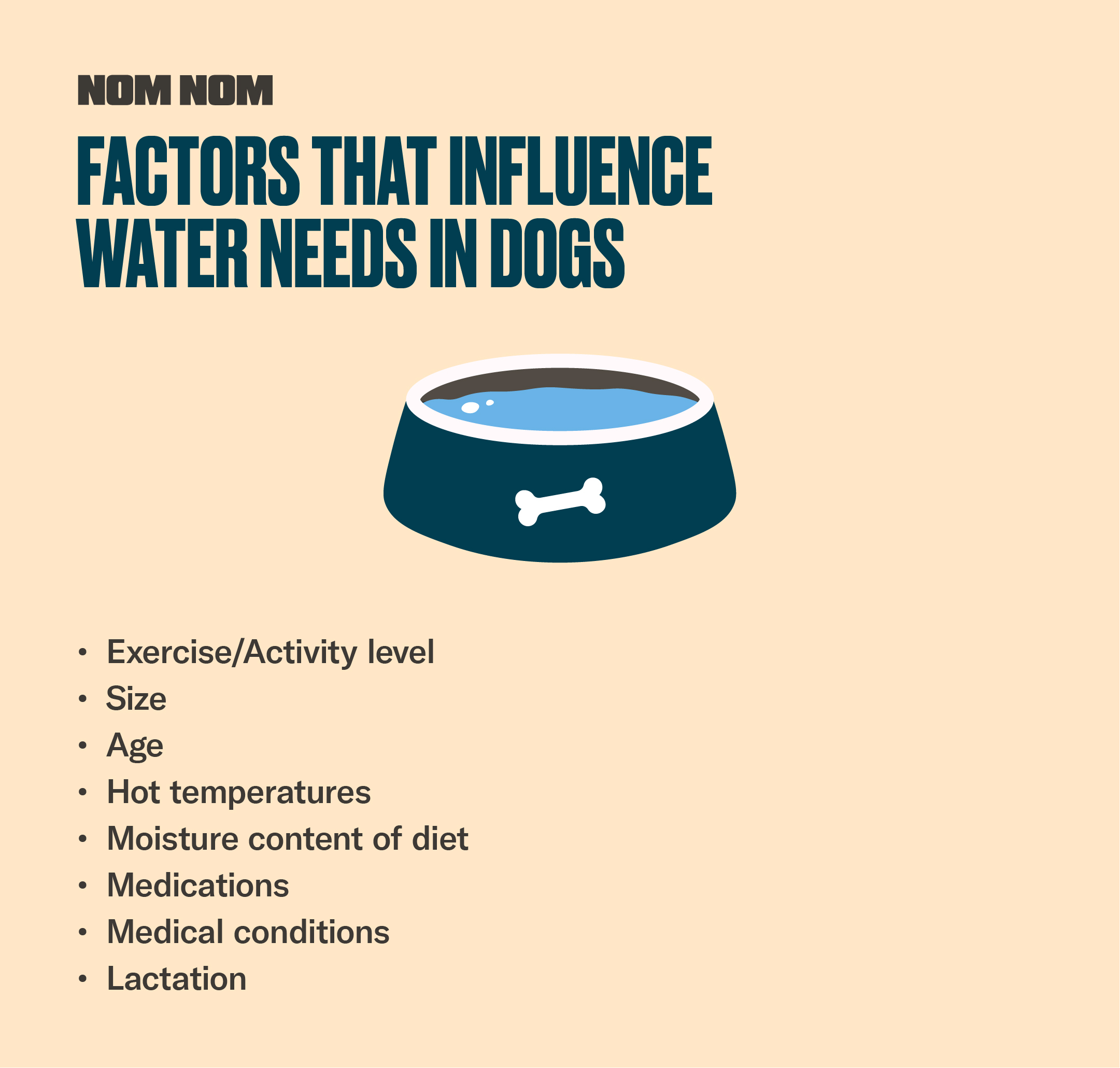
 How To Read Dog Nutrition Labels
How To Read Dog Nutrition Labels
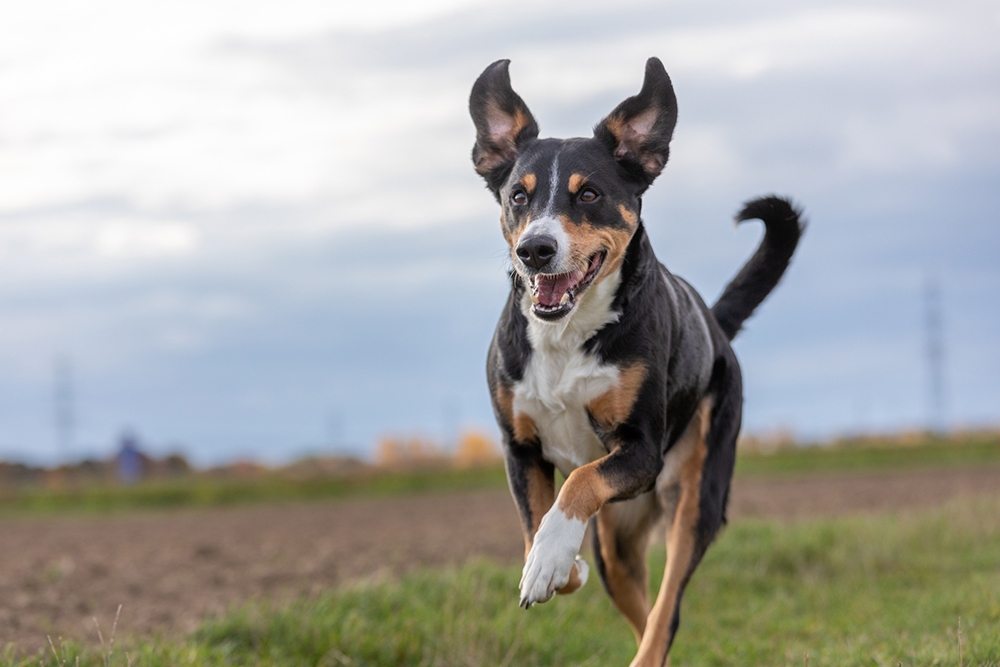 Dog Nutrition Calculator: Calories, Nutrients & Sources
Dog Nutrition Calculator: Calories, Nutrients & Sources
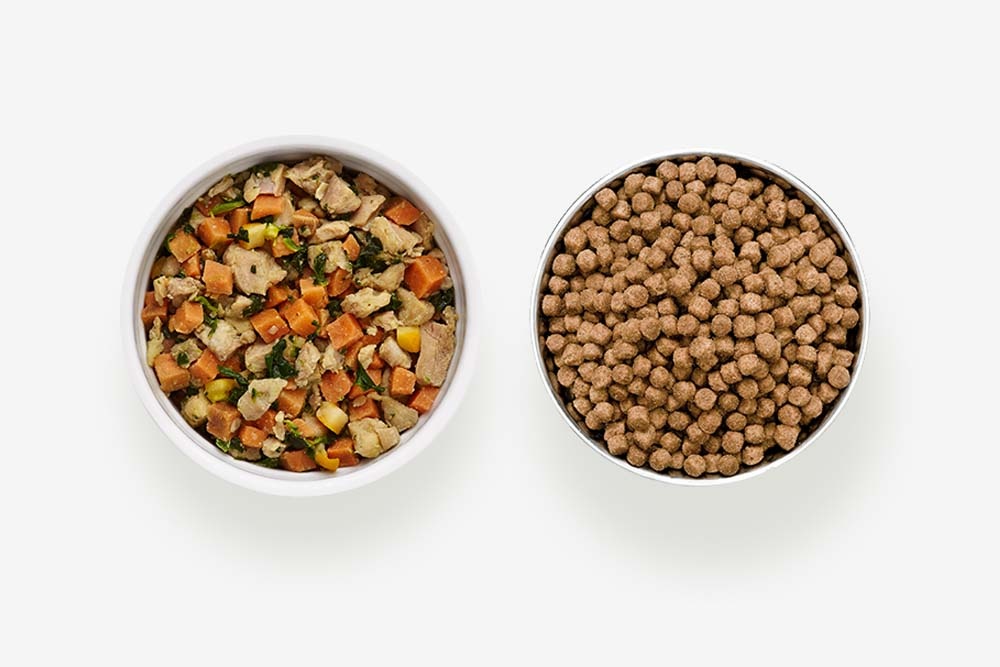 Dog Food Nutrients & Ingredient Quality
Dog Food Nutrients & Ingredient Quality